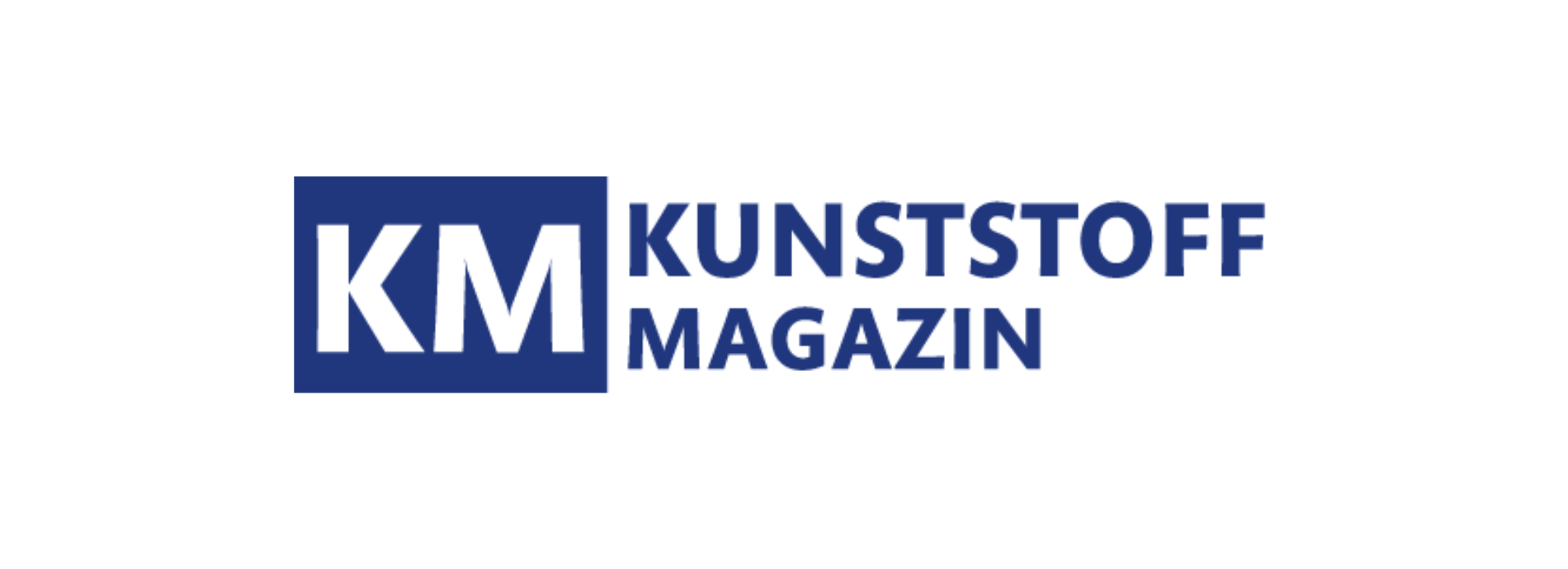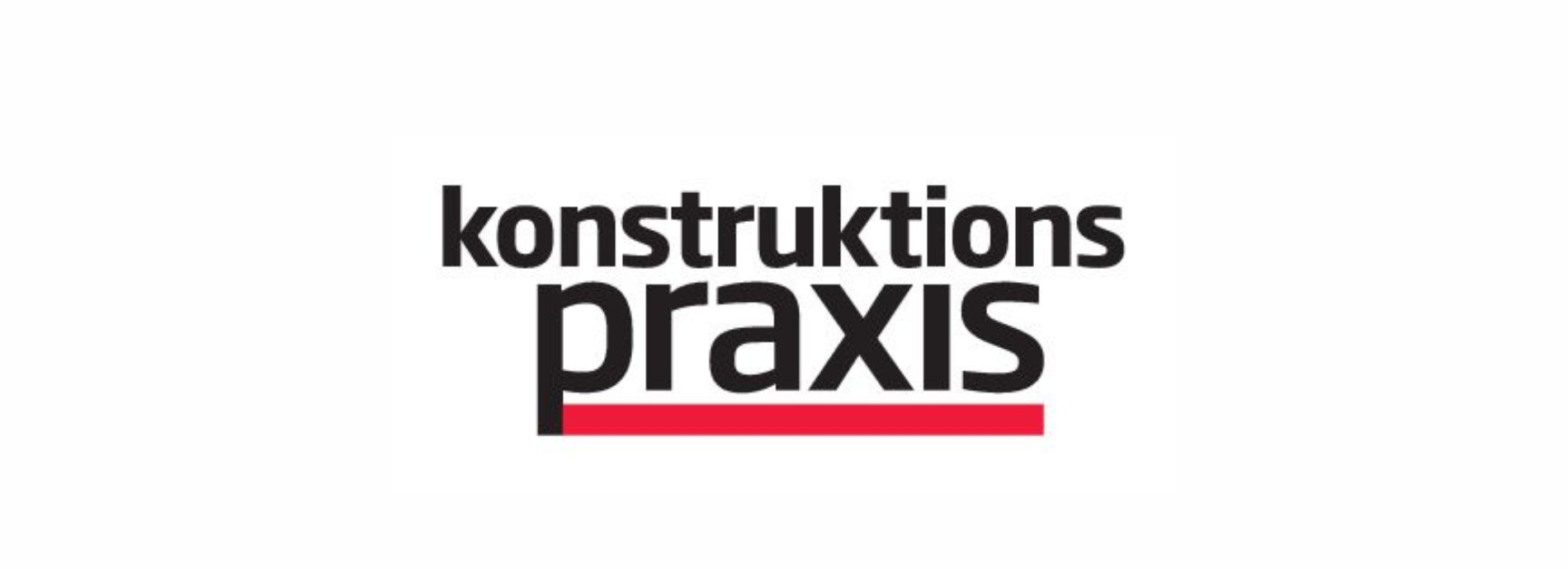Plastic recessed floor light as a metal substitute – In the turning circle of the 5-tonners
High-performance plastics are becoming increasingly popular as metal substitutes in construction – and in some industries, such as the automotive sector, it is now impossible to imagine life without them. This is due in particular to the enormous potential savings in terms of cost and weight. In addition, the low density, free formability and diverse possibilities for individual modification of the properties of plastics result in numerous advantages compared to metals.
The internationally leading specialist for architectural lighting – ERCO – approached the Barlog Group with a special task. The housings of their recessed floor luminaires, which highlight special buildings by illuminating them from below, were to be improved and at the same time, if possible, manufacturing costs were to be reduced. The challenge for BARLOG: a material with extreme strength and at the same time high toughness, combined with demanding fire protection properties – after all, the product should be electrically safe and a truck with a five-ton wheel load should be able to turn on the luminaire, even if the housing is subjected to unfavorable loads, such as notch effects.
Originally, the housing was made of aluminum, which often had to be used in combination with stainless steel mounting frames due to its susceptibility to corrosion. This not only made production very complex, but also made the product correspondingly expensive. For the new version of the housing, BARLOG was commissioned to select suitable materials in close cooperation with the customer. The result of the selection matrix with optimum performance for the application was a long glass fiber-reinforced, halogen-free flame-retardant PPA blend from the EMS-Grivory range. The material offers
-
Very high stiffness and strength
-
Very good notched impact strength
-
self-extinguishing properties (UL 94 V0)
and thus fits ideally into the requirement profile.
The reinforcement of the material with long fibers creates a load-bearing “skeleton” of glass fibers in the component, which contributes significantly to the increase in toughness without, however, causing the reduction in stiffness and toughness that is otherwise usual with an
toughness that is otherwise common with impact modification. Added to this are synergy effects in flame retardancy, which enable the product to perform particularly well in fire protection tests.
During the implementation of the plastic parts in series production, BARLOG application technology provided support in the form of injection molding simulations as well as geometry and process optimization. Particular attention was paid to optimizing the component in terms of shrinkage and warpage.
Today, the ground recessed luminaire is successfully in use: The plastic housing is safe, corrosion-resistant and so stable that a truck with a five-ton wheel load cannot harm it. And in the end, manufacturing costs were also reduced – a classic win-win situation.

More news





